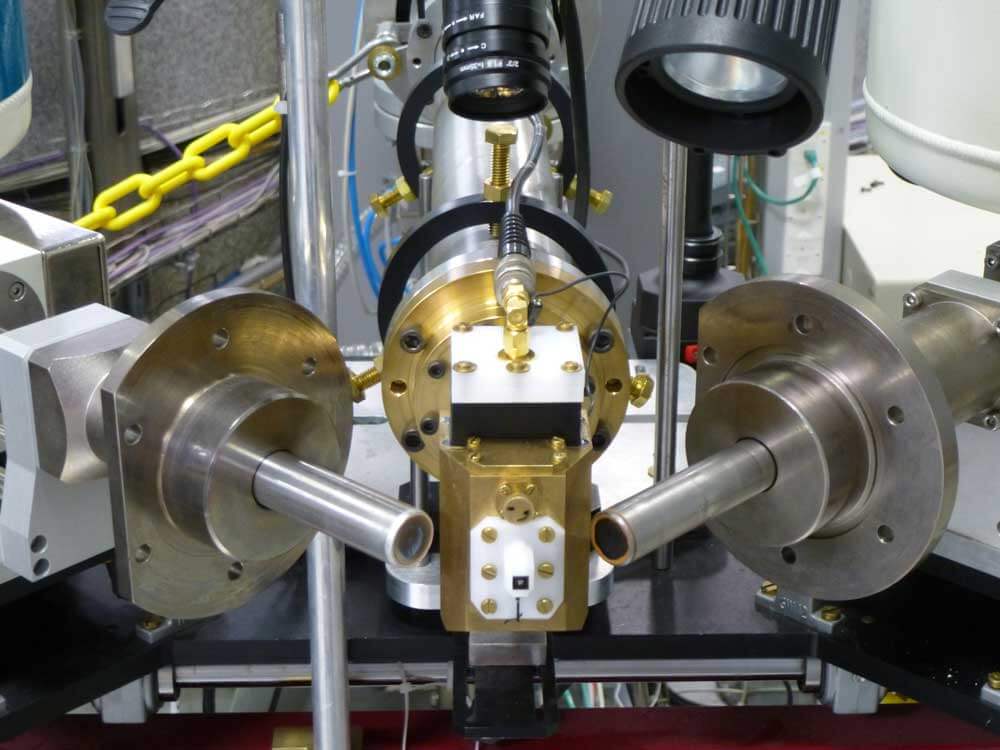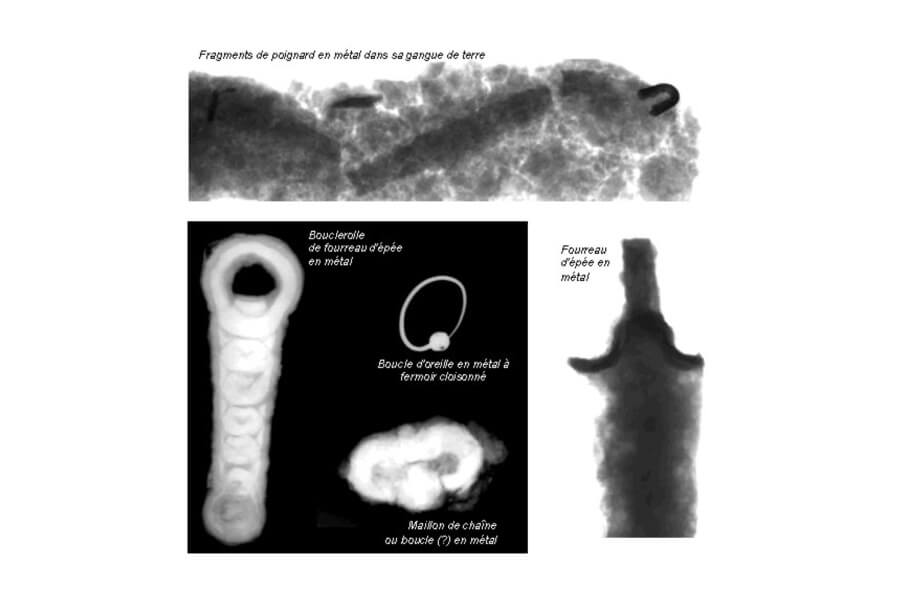
CHARACTERIZATION OF ANCIENT MATERIALS
To achieve a complete characterization of materials, our scientists combine several methods depending on the composition of objects found in archaeological context. To meet the requirements of archaeometry, most of our results are reported within 14 working days.
Materials characterization: a comprehensive laboratory approach
Characterization allows us to identify materials found in archaeological contexts and to determine both the origin, use, provenance, detect manufacturing techniques and know the degree of alterations.
To achieve an accurate characterization, our scientists cross-reference several analyses (optical microscopy, X-ray diffraction or even spectrometry), in order to interpret data and associate them with knowledge through mineralogical, metallographic or organic study.
Characterization is a global approach to objects found in archaeology. CIRAM is the only private laboratory to offer such a precise study in order to best answer your problems.
The means used for mineral characterization
For the characterization of stones and other minerals, our scientists perform several analyses. These include:
- Mineralogical study to determine the components of the object and the conditions of occurrence;
- Alteration characterization in an attempt to date the material and define weathering and other alterations;
- Provenance study;
- Tool tracing and other manufacturing techniques.

Characterization allows us to better understand the evolution of the object, its provenance and its manufacturing methods according to the period. To achieve a complete and reliable characterization, our scientists use:
- Optical microscopy and SEM-EDX;
- X-ray diffraction;
- X-ray radiography.
In addition to the latest technology devices, our teams of doctors use their expertise and knowledge to interpret the results.

Characterization of metals
For the characterization of metals, we also adopt a global approach in order to cross-reference the results of:
- The composition of alloys to define the nature of the composition of the object that will also give information on the period of manufacture;
- The identification of corrosion processes, the development and location of alterations depending on the composition. For example, for iron, corrosion will be significant, while gold deteriorates very little over time;
- Archaeological study.
As with minerals, our teams of scientists conduct several methods including:
- Metallographic and SEM-EDX microscopy,
- PIXE elemental analysis characterization;
- X-ray radiography.
CIRAM is the only private laboratory to follow the same protocols as public laboratories for accurate and reliable results.
Characterization of organic materials
The characterization of organic materials (bones, wood, charcoal, teeth, etc.) requires multiple analyses to cross-check the results:
- Identification of residues of oils, resins, essences to know the composition of the object found in archaeological context;
- Characterization of binders and organic pigments;
- Microbiological analysis in the laboratory using a sample to refine the research.
To achieve reliable characterization of organic materials, we use state-of-the-art scientific means with:
- SEM-EDX optical microscopy;
- FTIR and Raman spectrometry;
- Cromatography;
- DNA sequencing.
Organic matter is treated differently, as the organism was alive, so there are traces (e.g. carbon-14) still present in the object.
The results are subject to interpretation and our scientists discuss the results and hypotheses with you.
Characterization for your art objects
Through our laboratory analyses, our scientists identify materials found in archaeological contexts by determining origin, use, alterations, etc. CIRAM covers a wide spectrum of techniques for the analysis of mineral, metallic and organic materials, discover our approach to the characterization of found objects.
Our laboratories are also specialized in the analysis of art objects. We perform carbon-14 dating to authenticate and date works, but we also perform characterization for paintings, stone works, metal works, but also glass, enamel and earthenware.
CIRAM, world leader in dating and analysis thanks to our scientists and state-of-the-art equipment.
> Discover CIRAM’s other areas of expertise:
